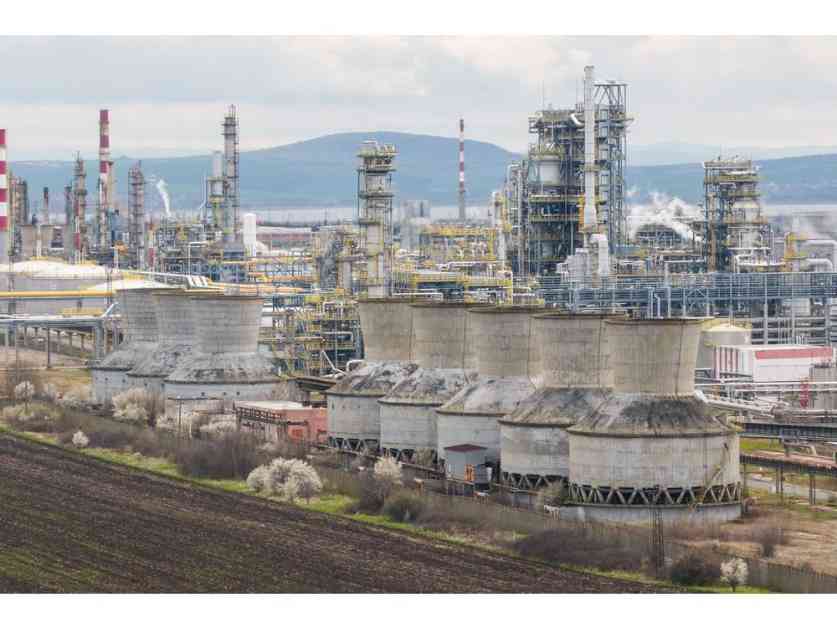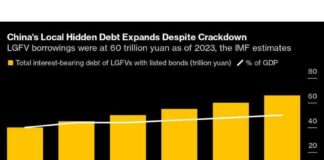OPEC+ has decided to stick to its original plan of gradually increasing oil production by the end of the year, despite the signs of a potential surplus. The group, consisting of 23 nations led by Saudi Arabia and Russia, confirmed this decision after an online monitoring meeting on Wednesday.
Initially, the plan was to begin increasing production by 180,000 barrels a day in December, but it got delayed by two months due to concerns about the fragile market conditions. The alliance aims to restore approximately 2.2 million barrels a day in monthly increments between December and late 2025, with the United Arab Emirates being allowed to make an additional hike to account for its enhanced production capacity.
However, there are concerns about some countries like Iraq, Kazakhstan, and Russia failing to adhere to their agreed-upon production cuts. Despite reaffirming their commitment to the agreement, these countries have been pumping above their output quotas and have not yet implemented the extra cutbacks promised as compensation for non-compliance.
Oil prices have seen a recent surge of over 5% following Iran’s strikes against Israel, which is an OPEC member. This escalation in the Middle East conflict has contributed to the price rally. Nonetheless, oil prices are still down by 14% from July, primarily due to weak demand in China and increased supplies from the Americas.
The current state of the oil market poses a financial threat to OPEC and its allies. While consumers may benefit from lower prices, OPEC members like Saudi Arabia and Russia are facing challenges. Saudi Arabia has revised its growth forecasts and projected deeper budget deficits, while Russia heavily relies on energy income to fund its activities, including the conflict in Ukraine.
Looking ahead, analysts from JPMorgan Chase & Co. and Citigroup Inc. are skeptical about OPEC+ going ahead with its planned supply increases. The International Energy Agency estimates that oil consumption is expected to grow by less than 1 million barrels a day in 2025, while supplies are anticipated to increase by 50% more. This could lead to a surplus even if OPEC+ continues to limit its output.
As the alliance approaches its meeting on December 1 to review policies for the upcoming year, the decision on whether to proceed with the planned production increases remains uncertain. With ongoing market challenges and conflicting forecasts, OPEC+ faces a delicate balancing act in managing oil production to stabilize the market.






















